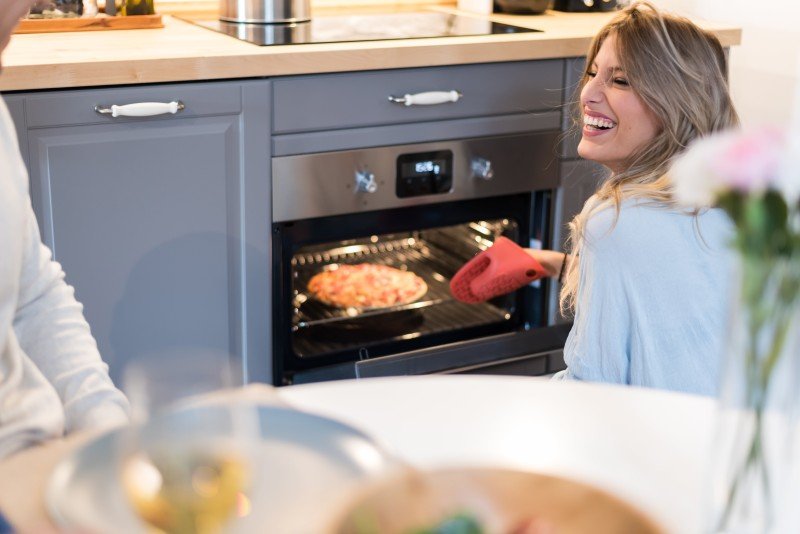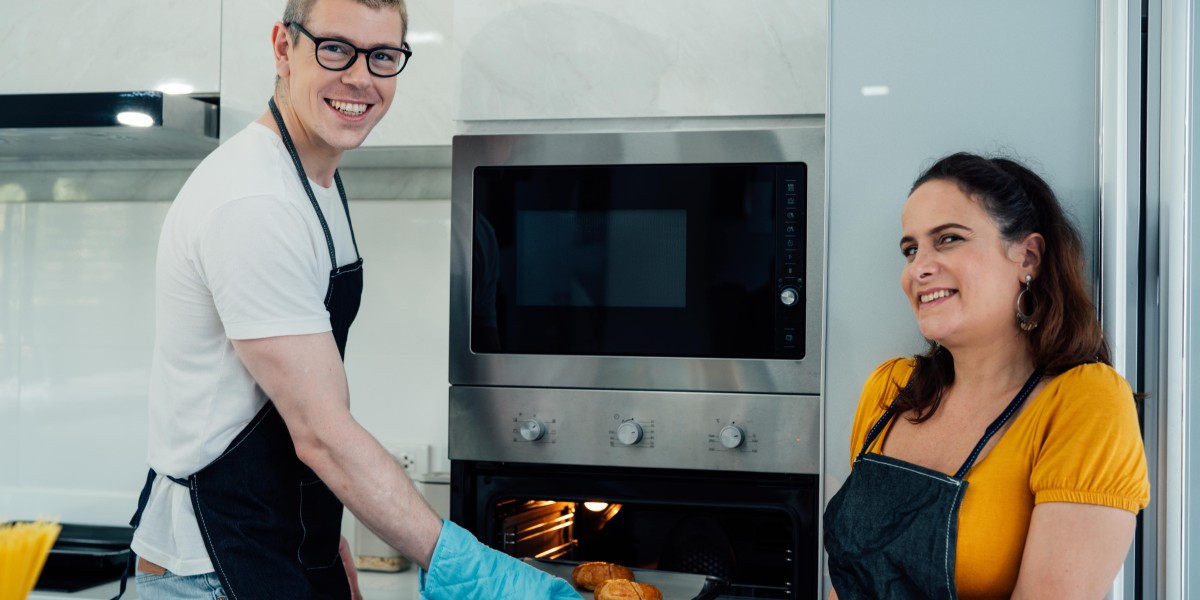
In modern kitchens, every square foot counts, and the choices homeowners make about appliances can significantly influence functionality, style, and overall usability. One of the most popular trends in kitchen design is the integration of ovens and hobs into a single unit. This combination, commonly referred to as the integrated oven and hob, offers numerous benefits, including space efficiency, enhanced aesthetics, and convenience. This article will delve into the features, advantages, installation considerations, and frequently asked questions regarding integrated ovens and hobs.
What is an Integrated Oven and Hob?
An integrated oven and hob is a kitchen appliance that combines both an oven and a cooktop into one streamlined unit. This setup typically features a built-in oven located beneath a cooktop, which may operate on gas, electricity, or induction. The seamless design provides a sleek appearance, making it particularly appealing in open-plan kitchen layouts.
Features and Specifications
Here are some common features of integrated ovens and hobs:
| Feature | Description |
|---|---|
| Space-Saving Design | Compact units ideal for smaller kitchens |
| Variety of Cooking Methods | Options for gas, electric, or induction cooking |
| Smart Technology | Many units come with smart features for remote operation |
| Easy Clean Options | Self-cleaning modes and removable components |
| Control Ease | User-friendly interfaces, usually with digital displays |
Advantages of Integrated Ovens and Hobs
Space Efficiency: One of the most significant benefits of an integrated oven and hob is the space-saving design. Instead of two separate appliances, homeowners can create more counter space for food preparation and other kitchen activities.
Aesthetic Appeal: With a contemporary design, an integrated oven and hob often fits neatly into kitchen cabinetry, providing a cohesive look. This is especially beneficial for modern homes that embrace minimalist aesthetics.
Simplified Cooking: Having both the hob and oven in one location simplifies the cooking process. Chefs can easily transfer pots and pans from the cooktop to the oven without having to walk across the kitchen.
Energy Efficiency: Integrated units often boast better energy efficiency than standalone models. The combined design reduces heat loss, and many models include features that optimize energy use.
Easy Maintenance: Integrated ovens and hobs typically come with easy-to-clean surfaces and functionalities, allowing for faster and more convenient maintenance.
Considerations Before Purchase
While integrated ovens and hobs boast numerous advantages, homeowners should consider several factors before making a purchase:
- Budget: Integrated units can range significantly in price due to their variety of features and technologies.
- Installation Requirements: Consult with a professional installer to ensure the kitchen layout can accommodate the integrated unit.
- Size and Capacity: Assess the cooking needs and kitchen space to choose a model that fits comfortably without compromising cooking capabilities.
Installation Process
Installing an integrated oven and hob can be a more complex process than traditional appliances. It typically involves the following steps:
- Planning the Layout: Ensure that the unit will fit with existing cabinetry and counter space.
- Electrical and Gas Connections: For gas or electric units, proper connections must be made, which may require a professional.
- Mounting the Unit: Secure the integrated oven and hob according to manufacturer specifications for safety.
- Final Adjustments: Check that the controls are accessible and that ventilation meets local building codes.
Maintenance Tips
To ensure longevity and efficient performance of an integrated oven and hob, regular maintenance is essential. Here are some maintenance tips:
- Clean Regularly: Wipe down surfaces after each use to prevent buildup.
- Check Seals and Gaskets: Inspect for wear and tear to keep the oven operating efficiently.
- Deep Clean Periodically: Utilize the self-cleaning feature or a dedicated oven cleaner as required.
Frequently Asked Questions (FAQs)
1. Are integrated ovens and hobs suitable for all kitchen sizes?While these units are designed for efficiency, they may not be suitable for all kitchens, especially those that are larger and can accommodate standalone appliances. For smaller spaces, however, they are often an excellent choice.
2. How do I choose between gas and electric for my integrated hob?Choosing between gas and electric depends on your cooking style. Gas offers greater control over heat, while electric provides a consistent temperature and is typically easier to clean. Induction cooktops are also increasingly popular for their efficiency and safety.
3. What should I consider when selecting the right model?Consider your cooking habits, kitchen layout, budget, and aesthetic preferences. Research different brands and read customer reviews to find the most suitable model for your needs.
4. Do integrated ovens and hobs come with warranty and support?Most manufacturers offer warranties and customer support for their appliances. Be sure to check the terms and conditions before purchasing.
5. Can I install an integrated unit myself?While some homeowners may feel comfortable with DIY installations, it is recommended to hire a professional to ensure proper installation, especially for gas connections.
The integrated oven and hob is an innovative solution for those seeking to optimize their kitchen space while maintaining a stylish appearance. This combined appliance not only enhances the cooking experience but also aligns with modern design trends, making it an attractive choice for contemporary homes. Given their numerous benefits, it's no wonder that integrated ovens and hobs are becoming increasingly popular among homeowners. When considering a purchase, be sure to evaluate your cooking habits, space requirements, and budget to find the perfect model for your kitchen needs.








